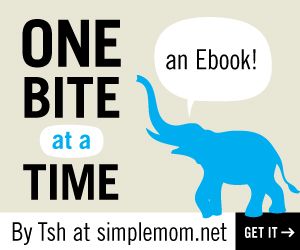During the first months of life, a baby needs lots of tender loving care. Mothers carefully count wet and dirty diapers to make sure baby’s getting enough milk, learn the signs that it’s time for a diaper change, and develop soothing bedtime routines.
They also carefully select the products they use, from diapers to baby powder to toys. But did you know that some of the leading brands of baby products contain harsh chemicals that could be harmful to your baby?
The What and Why of Natural Baby Products
Dangerous chemicals are bad for people of all ages. But babies are particularly susceptible to their ill effects. Toxins such as phthalates and flame retardants can impair brain development, cause reproductive defects and damage the immune system. Other unnatural ingredients can irritate the skin or cause allergic reactions. Because babies breathe faster than adults, they’re more sensitive to the effects of airborne toxins. And since their brains are still developing, they’re more likely to be harmed by the products they’re exposed to.
Many of the chemicals that are cause for concern in skin care products are not regulated. Certain types of phthalates are banned from use in children’s products in the European Union, but they may be used in the United States and other countries. Lead is also banned in many countries. But imported products could contain banned ingredients, and there are many hazardous chemicals that can legally be used in baby products.
Fortunately, a growing number of companies are taking it upon themselves to produce natural baby products that are free of harmful substances. But thanks to lax ingredient-labeling requirements, it can be difficult to tell which products are safe and which aren’t. Here are some pointers:
* Baby products should ideally be fragrance-free. Chemical fragrances can be harmful to baby’s skin. And in many cases, phthalates are used to stabilize fragrances. They do not have to be listed separately in the ingredients, so fragranced products can contain them without explicitly saying so. Parabens are also problematic.
* Check labels for acronyms such as DBP, DEP and DEHP. These are common phthalates. Some other harmful chemicals may be abbreviated as well. Also be on the lookout for long, hard to pronounce ingredient names. Most natural ingredients are easily identifiable.
* Be wary of products that are flame retardant. Most flame retardants are very toxic. Choose natural fabrics that have not been treated instead. You can make your own non-permanent flame retardant by mixing 2 1/2 ounces of borax with 2 cups of boiling water. Just spray it on and let it dry before each wearing.
* Consider using cloth diapers. Disposable diapers often contain chemicals and other irritants. Reusable diapers made of natural fabrics are better for baby and the environment.
It’s easy to assume that products made for babies are safe, but all too often they aren’t. We need to be vigilant if we want to minimize our children’s exposure to hazardous chemicals. But by learning what to look for and reading labels carefully, we can make sure that our babies get the best possible start in life.
Suggested Reading:
gDiapers – the cloth/disposable hybrid
Natural baby product reviews






